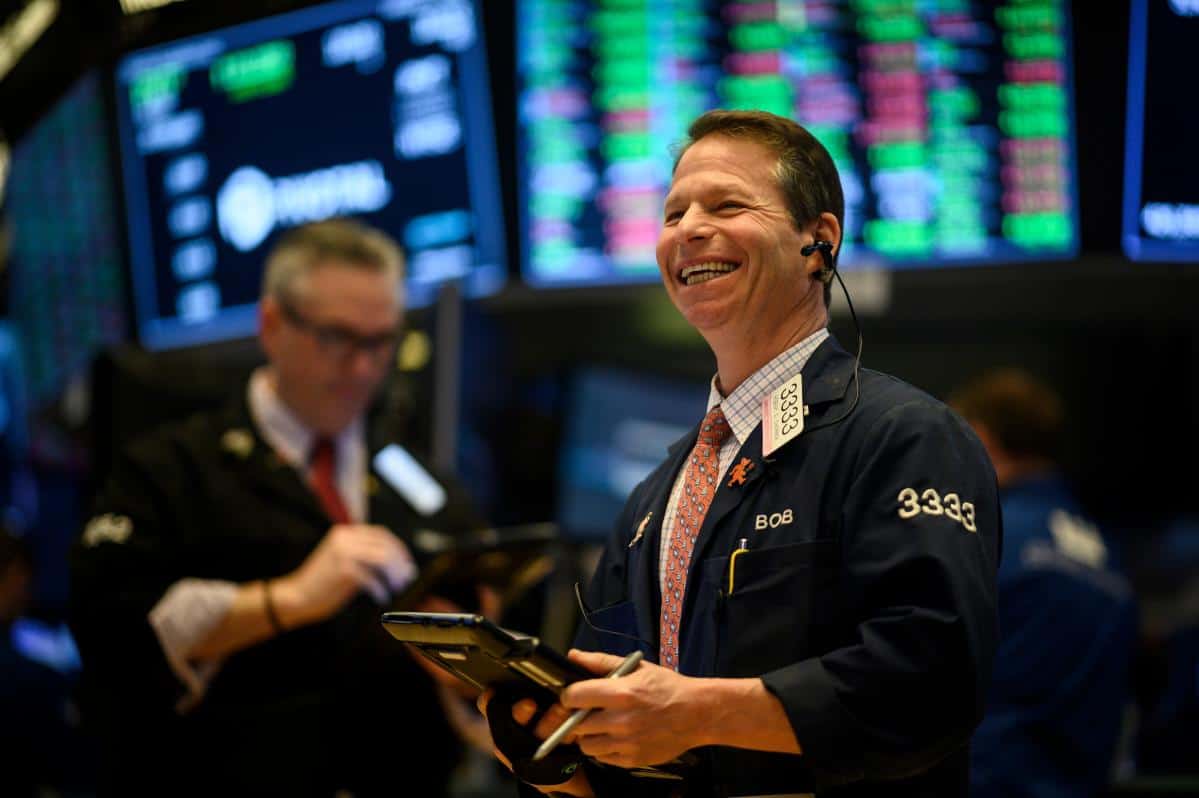July has come and gone for investors, bringing with it a continuation and a new twist on the blistering stock market gains seen in the first half of this year.
The Tech sector (XLK), along with some of last year’s biggest losers like Communication Services (XLC) and Consumer Discretionary (XLY), powered the market’s rally through May.
But over the last two months, one of the biggest concerns among market bears — that the rally had become too concentrated — has been addressed with all 11 sectors in the S&P 500 (^GSPC) logging gains between June and July.
And while the aforementioned stars of this year’s rally are still playing a leading role, a surge in oil prices has brought Energy (XLE) into the fold with cyclical sectors like Materials (XLB) and Industrials (XLI) also sitting on gains north of 14% since June as optimism about the economy abounds.
This has left all sectors with the exception of Health Care (XLV) and Utilities (XLU) sitting on year-to-date gains through July.
Combine this broad strength with the bullish year-to-date seasonality stats we’ve been compiling and the final five months of the year have some powerful tailwinds. Notably, however, Tuesday brings us into August, which has been the weakest month of the year over the last 25 years.
In the table above, we can see that the three leading sectors until May were those that house the so-called Magnificent Seven stocks, as well as the growthier names that tend to be less cyclical.
The Tech sector is home to much of the artificial intelligence trade, including Microsoft (MSFT) and Nvidia (NVDA). Apple (AAPL), which is up some 50% so far this year, is also a member of the Tech sector.
Alphabet (GOOGL, GOOG), along with Meta Technologies (META), is a member of the Communication Services sector.
And even with the rally broadening in recent months, we can see Tech is still doing a lot of the heavy lifting. It may not be a surprise, then, to learn that both Apple and Meta have been positive each month this year. (For Meta, the streak of monthly wins extends all the way back to November 2022.)
Through May, Amazon (AMZN) and other e-commerce plays were primarily responsible for boosting gains in the Consumer Discretionary sector.
In the two months since, brick and mortar stalwarts like Kohl’s (KSS) and Nordstrom (JWN) h
ave joined the rally, with each up over 50% since the end of May.
Cyclical names — whose fortunes vary more alongside the state of the economy — dominate the components of the Dow Jones Industrial Average (^DJI).
And inside the index we can also see the game of catch-up taking place.
The latest returns from June to July are reflected on the x-axis in the chart below, while prior gains through May are expressed vertically on the y-axis.
Industrial giant Caterpillar (CAT) is alone at the right edge of the chart — up 29% the last two months after sinking 14% earlier this year. Caterpillar will report earnings on Tuesday.
3M (MMM) and Boeing (BA) are also among top recent returns, while rounding out the top five are banking giant JPMorgan (JPM) and retail leader Home Depot (HD).
Also noteworthy are the few laggards that haven’t mustered much the entire year and are camping out in the lower left of the chart.
Consumer Staples (XLP) company Walgreens (WBA) happens to be dead last on the year-to-date list, down 20%. Telecom company Verizon (VZ) and pharmaceutical giant Merck (MRK) are also toward the bottom.

